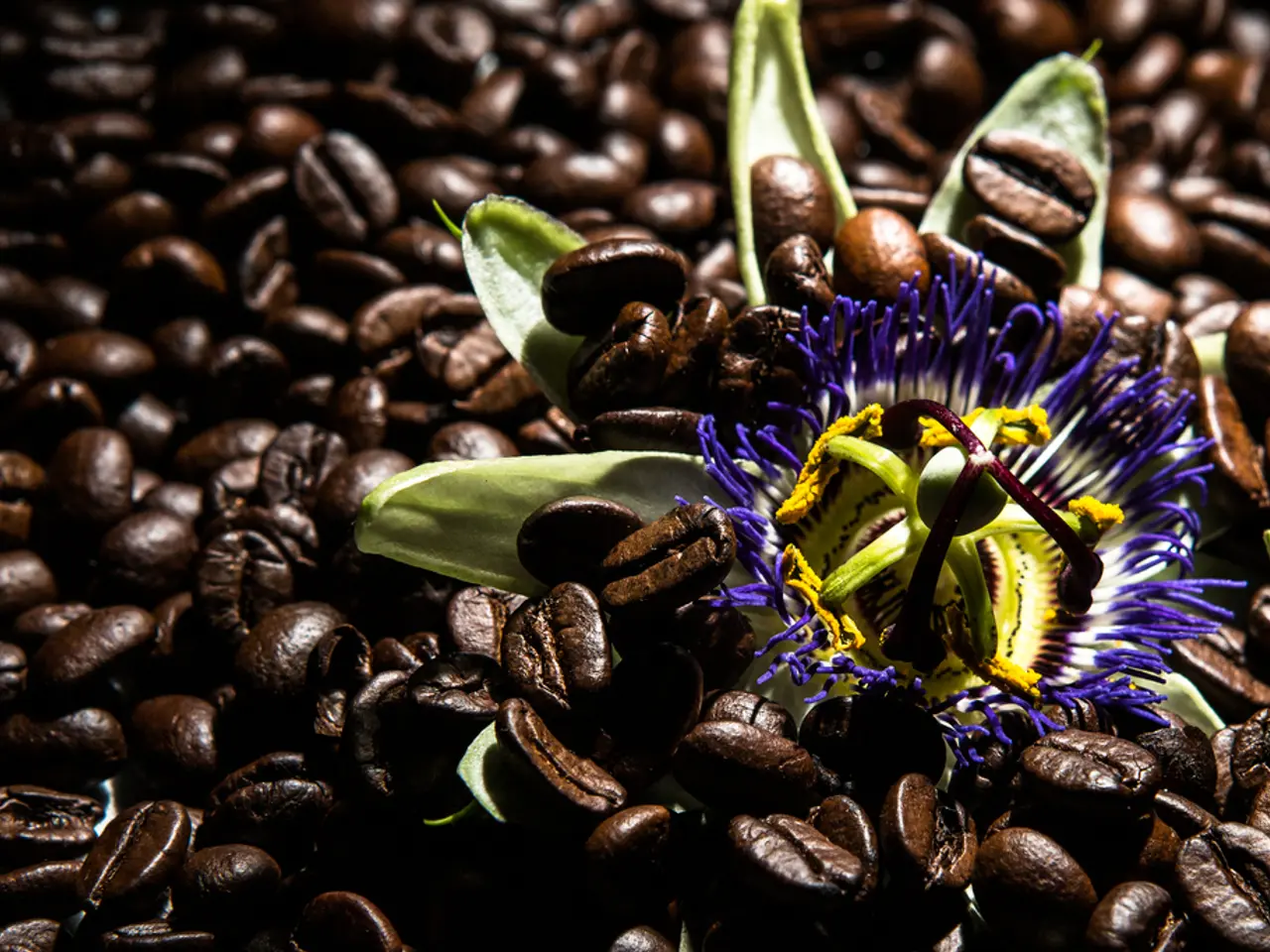Yield Information for Gardeners: Understanding Bean Production per Plant
Growing, Maintaining, and Harvesting Green Beans: A Comprehensive Guide
Green beans are a popular and versatile vegetable that can thrive in the right conditions. Here's a step-by-step guide to help you grow, maintain, and harvest green beans effectively.
Growing
To start, plant green bean seeds in well-drained soil with full sun exposure. Both bush and pole varieties are suitable, but bush beans tend to mature all at once, so staggering planting every two weeks is advised for continuous harvest. Pole beans, on the other hand, require support such as a trellis to grow vertically.
Water consistently but avoid overwatering, ideally every 2–3 days, depending on weather conditions. After sprouting, apply mulch (e.g., shredded leaves or plants) to retain soil moisture and suppress weeds. Fertilize beans with phosphorus- and potassium-rich fertilizers since they fix nitrogen themselves.
Maintenance
Regularly check plants and pick beans every 2–3 days to encourage continuous production and avoid overripe pods. Monitor for diseases like brown spot fungus, and manage environmental stresses which may cause bush beans to grow runners unexpectedly.
Harvesting
Harvest beans when pods are full and large in size but before the beans inside dry out and pods become tough. Snap pods off gently to avoid damaging the plant, which helps promote further pod development. Frequent harvesting, especially every 2–3 days for French and runner beans, helps maintain high yield.
Maximizing Yield
Stagger planting dates to ensure a continuous supply, maintain consistent watering and adequate feeding with balanced nutrients excluding excess nitrogen, and regular harvesting prevents plants from going to seed and declines in production.
Storage for Longevity
Fresh green beans store best when kept refrigerated in perforated plastic bags, lasting up to a week. For seed saving, allow some pods to mature fully on the plant until the pods dry and become brown and papery. Seeds inside will rattle when shaken. Remove seeds, wash off pulp, dry thoroughly in a thin layer on paper towels, then store in labeled airtight containers in a cool, dark place. Properly dried and stored seeds can remain viable for several years.
This comprehensive approach ensures healthy plants, continuous harvest, and effective seed preservation for future planting cycles.
Tips for Success
- In a typical season, a bush bean plant can yield between 20 to 60 pods, with an average of 3 to 4 pounds of beans per plant.
- Succession Planting: Plant new seeds every two weeks for continuous production throughout the season.
- A well-nurtured environment with adequate space between rows and proper soil conditions is essential for bean growth.
- Bush beans should be spaced 4 inches apart in rows that are 18 inches apart.
- A pole bean plant can yield over a hundred pods, with a potential yield of up to 7 pounds of beans per plant.
- Avoid canning beans as it requires precise conditions to prevent spoilage and potential health risks.
- Watering: Provide your bean plants with about 1 inch of water per week, watering at the base to avoid fungal issues.
- Adequate space between rows is essential for bean growth.
- Harvesting Techniques: Harvest beans when they are tender and firm, using two hands to pull the bean without damaging the plant.
- Larry Meyers, a gardening expert with over 10 years of experience, aims to share his knowledge about gardening and create a one-stop shop for gardening information and needs.
- Weeding: Inspect leaves regularly for pests and diseases, using organic pesticides sparingly and rotating crops yearly to prevent issues.
- Pole beans require support structures for climbing.
- Storing Beans: Beans can be stored in a breathable bag in the refrigerator for about a week, or blanched and frozen for long-term storage.
- Support Structures: Pole beans require a sturdy trellis or support structure for climbing.
- Soil for beans should be well-aerated, rich in organic matter, and have a pH of 6.0-7.0.
- Beans should be planted after the last frost, when the soil is warm (at least 55°F or 13°C).




